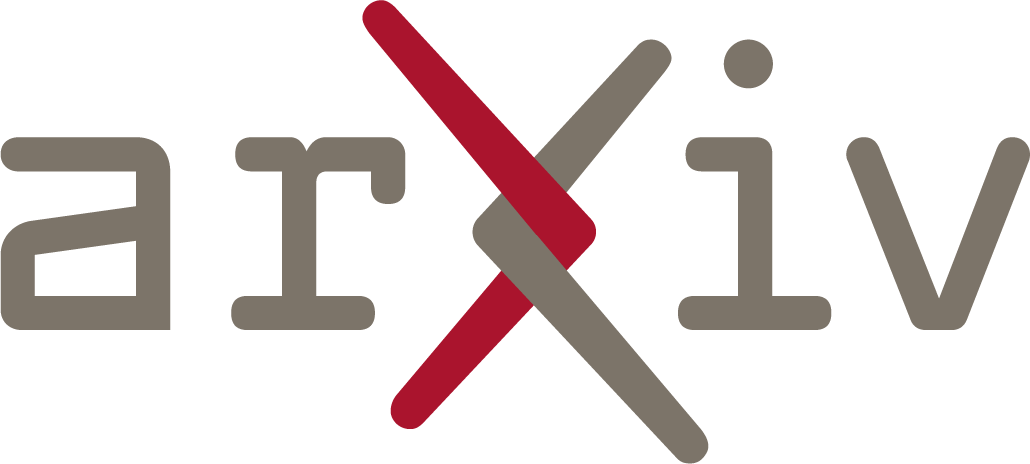
Open Academic Publication
Posted 10/28/2023
I’m currently at a workshop on open practices across disciplines, and one topic of discussion is how to change the academic publishing process to be more accessible to both authors and readers. I’ve also had a few friends outside of academia ask me how publishing research papers works, so it’s a good opportunity to write a post about the messy world of academic publishing.
The Traditional Publication Model
Academics conduct research, write an article about their findings, and submit their article to an appropriate journal for their subject. There it undergoes review by a committee of peer researchers qualified to assess the quality of the work, and upon acceptance, the article is included in the next issue of the journal. In a simple scenario, the process is illustrated by this flowchart:
Libraries and research labs typically pay journals a subscription fee to receive new issues. This fee traditionally covered publication expenses, including typesetting (tedious for papers with lots of equations and plots and diagrams), printing, and mail distribution, along with the salaries of journal staff like editors, who are responsible for soliciting volunteer peer-reviews from other academics. These subscription fees were long considered a necessary evil: they limit the ability of low-income academics to access published research, such as scientists at universities in developing countries, let alone allowing the public to access research, but we all agree that printing and distributing all these journal issues has some significant financial overhead.
In recent decades, all significant journals have switched to majority or exclusively digital distribution. Academics do most of the typesetting themselves with LaTeX or Microsoft Word templates provided by the journals, and there’s no printing and negligible distribution costs for hosting a PDF online, so publication fees now go largely to the profit margins of publishers. This has made academic publishing ludicrously profitable, with margins as high as 40% in a multi-billion dollar industry.
The Shift to Open Publishing
Academics complain bitterly that journal publishers are parasitic, charging exorbitant publication fees while providing almost no service. After all, research is conducted by academics and submitted to the publishers for free. Other academics review the research, also for free, as peer-review is considered expected community service within academia. Since academics are typically funded by government agencies (such as the National Science Foundation, Department of Energy, and Department of Defense in the United States), this is taxpayer-funded public research, whose distribution is being limited by publishers rather than facilitated by them.
As journal subscription costs grew, these complaints eventually evolved into threats by universities to cancel their journal subscriptions, and funding agencies like the NSF began to demand that work they fund be made publicly accessible. The publisher profit margins were endangered, and they needed to act quickly to suppress dissent.
Many publishers now offer or require an alternative publishing scheme: Open Access. Under Open Access, articles can be read for free, but academics must pay to have their work published in order to cover staff salaries and the burdensome cost of web-hosting PDFs. This not only protects the revenue stream of publishers, but can expand it dramatically when journals like Nature Neuroscience charge $11,690 per article.

While Open Access allows academics with fewer resources to read scholarly work from their peers, and allows the public to read academic papers, it also inhibits academics with less funding from publishing if they can’t afford the publication fees. Further, it provides an incentive for publishers to accept as many papers for publication as possible to maximize publication fees, even if these papers are of lower quality or do not pass rigorous peer-review. When journals are paid under a subscription model they make the same income whether a new issue has ten or a hundred articles in it, and so it is more profitable to be selective in order to maximize the ‘prestige’ of the journal and increase subscriptions.
What Can Be Done?
Academic research remains constrained by publishers, who either charge a fortune before publication, or after, while providing minimal utility to academia. These costs disproportionately impact researchers with less funding, often those outside North America and Europe. The most obvious solution to this problem might be “replace the journals with lower-cost alternatives,” but this is easier said than done. Even if we could find staff to organize and run a series of lower-cost journals, there’s a lot of political momentum behind the established publishers. Academics obtain grant funding, job offers, and tenure through publishing. Successful publishing means publishing many papers in prestigious journals and getting many citations on those papers. A new unproven journal won’t replace a big name like Nature or Science any time soon in the eyes of funding agencies and tenure committees, and will take time to gather a loyal readership before papers in it receive many reads or citations. While I hope for eventual reform of journals and academic institutional practices at large, a more immediate solution is needed.
Collective Bargaining
One option is to simply pressure existing journals into dropping fees. If enough universities threaten to cut their subscriptions to major journals, then publishers will have no choice but to lower subscription costs or Open Access publication fees and accept a lower profit margin. This strategy has seen some limited success - some universities are cutting their contracts with major publishers, perhaps most notably when the University of California system ended their subscription to all Elsevier journals in 2019. However, this strategy can only work if researchers have leverage. Elsevier is the worst offender, and so universities can cut ties and push their researchers to publish in competitor journals from Springer or SAGE, but the costs at those competitor publishers remains high.
Preprints
Physicists popularized the idea of a “preprint.” Originally this consisted of astrophysicists emailing rough drafts of their papers to one another. This had less to do with publication fees and more to do with quickly sharing breakthroughs without the delays that peer-review and publication incurs. Over time, the practice shifted from mailing lists to centralized repositories, and grew to encompass physics, mathematics, computer science, quantitative biology, quantitative finance, statistics, electrical engineering and systems science, and economics. That preprint service is called arXiv. This effort has been replicated in other fields, including bioRxiv, ChemRxiv, medRxiv, and SocArXiv, although preprint usage is not common in all fields.

Papers submitted to preprint servers have not undergone peer-review, and often have little to no quality control - the moderators at arXiv will give a paper a quick glance to remove obvious spam submissions, but they have neither the resources nor the responsibility to confirm that research they host is of high quality or was conducted ethically. Preprint papers were always intended to be rough drafts before publication in real journals, not a substitution for publication. Nevertheless, it is common practice for scholars to bypass journal paywalls by looking for a preprint of the same research before it underwent peer-review, so in practice preprint servers already serve as an alternative to journal subscriptions.
Shadow Libraries
The direct action counter to journal subscription fees is to simply pirate the articles. Sci-Hub and Library Genesis (URLs subject to frequent change) acquire research papers and books, respectively, and host them as PDFs for free, ignoring copyright. Both shadow libraries have been sued for copyright infringement in several jurisdictions, but have rotated operations between countries and have so far avoided law enforcement.

Use of Sci-Hub is ubiquitous in STEM-academia, and is often the only way that researchers can access articles if they have limited funding or operate out of sanctioned locations, such as Russia during the Russia-Ukraine war. Sci-Hub’s founder, Alexandra Elbakyan, considers the site’s operations to be a moral imperative under the Universal Declaration of Human Rights, which guarantees all human beings the right to freely share in scientific advancements and their benefits. Whether or not you agree with Elbakyan’s stance, it seems clear that a combination of shadow libraries and preprint services have undermined the business models of traditional academic publishers and made them more amenable to alternatives like Open Access, and more susceptible to threats by universities to end subscriptions.
What Comes Next?
Academic publishing is approaching a crisis point. Research funding in most disciplines is scarce, and journal subscription or publication fees are steadily increasing. The number of graduate and postgraduate researchers is growing, guaranteeing an accelerating rate of papers, straining publication fees and the peer-review system even further. Academics have tolerated the current system by using preprints and shadow libraries to share work without paying journals, but these are stopgaps with a range of shortcomings. If academic research is to flourish then we will see a change that lowers publication costs and perhaps relieves strain on peer reviewers, but what that change will look like or how soon it will come remains open to debate.